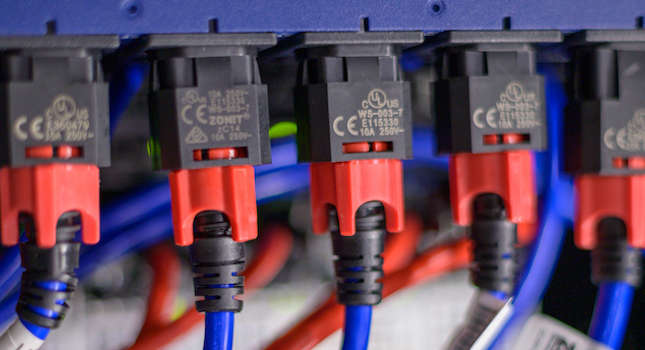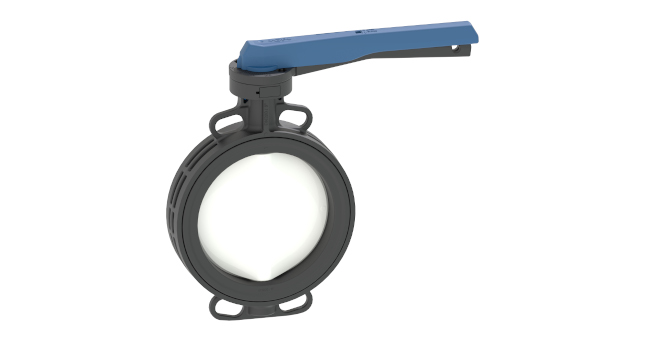University of Chicago researchers have developed a framework that could help engineers design systems that can interact more seamlessly, resulting in better performance for multicomponent systems such as batteries or sensors.

The behavior of materials at the place where they connect and interact with other materials—the interface—is often a thorn in the side of scientists and engineers who want to understand and design systems that are well integrated and can seamlessly work with multiple components. In batteries, for example, the molecular processes that occur at the interfaces between the solid electrode and liquid electrolyte can limit the battery’s performance.
Through calculations and complex computer simulations, researchers at the University of Chicago’s Pritzker School of Molecular Engineering (PME) have developed a new theory for multicomponent interfaces that are far from equilibrium. The theory proves the long-held assumption of “local equilibrium,” the idea that though two substances might have vastly different temperatures or phases, their interface does include a small region where the system is in equilibrium.
The research has been published in the Proceedings of the National Academy of Sciences.
“Now we have a framework that anyone can use and apply to any type of material to better understand interfaces,” said Professor Juan de Pablo, who led the research along with former UChicago postdoctoral researcher Philip Rauscher, Ph.D., and their collaborator Professor Hans Christian Oettinger from the ETH in Zuerich.
Proving local equilibrium
Professor de Pablo and his collaborators wanted to develop a theory that described exactly what happens at the interface of systems that are out of equilibrium. They chose to focus on systems involving two components and having two different phases with an interface between them.
Through calculations and computer simulations, the team took a model system—a mixture of a liquid and a gas having different temperatures—and developed a theory that describes what happens at their interface. This can describe, for example, a boiling liquid whose molecules escape into the adjacent vapor, a complex dance at the interface.
“We’ve figured out a firmer basis for understanding molecular transport in systems with interfaces,” said co-author Rauscher. “We now have a thermodynamically rigorous way to describe these systems.”
One key assumption they proved is that of local equilibrium: a concept from thermodynamics stating that a small part of the interface will still be in equilibrium, even if the whole system is out of equilibrium. “To see local equilibrium at an interface that is out of equilibrium was better than we could have hoped for,” Rauscher said. “It had been an assumption, but now we have proven that it is true.”
Immediate applications for the theory include, for example, gas absorption and stripping, which is used to separate gas mixtures and remove impurities in industry, thereby reducing emissions and ultimately leading to less pollution.
“Now we want to expand the theory and apply it to more complicated systems,” Professor de Pablo said. “We want to demonstrate this theory for different classes of materials, and hopefully scientists and engineers in academia and industry can start using it to design and improve these systems.”
– Edited by Morgan Green, associate editor, CFE Media and Technology, [email protected]



